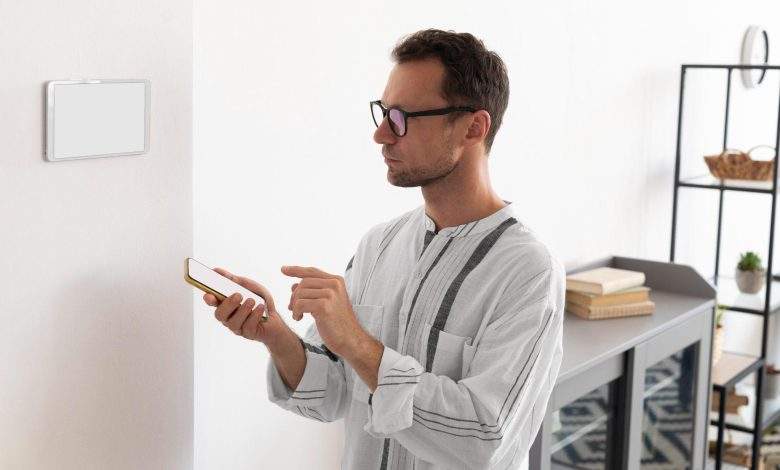
What Is The Ideal Room Temperature And How To Maintain It
You may have wondered, “what is the ideal room temperature” to set the right temperature on the thermostat for more comfort. Most experts recommend setting the room temperature anywhere between 68 to 76 degrees Fahrenheit.
Constantly changing temperatures can make you frustrated and uncomfortable, and it can even lead to higher utility bills. Finding the right temperature will help you deal with extreme outside conditions and save you money.
What Should Be The Ideal Temperature Inside A House?
Depending on your home’s season, activity, and location, you should maintain the room temperature.
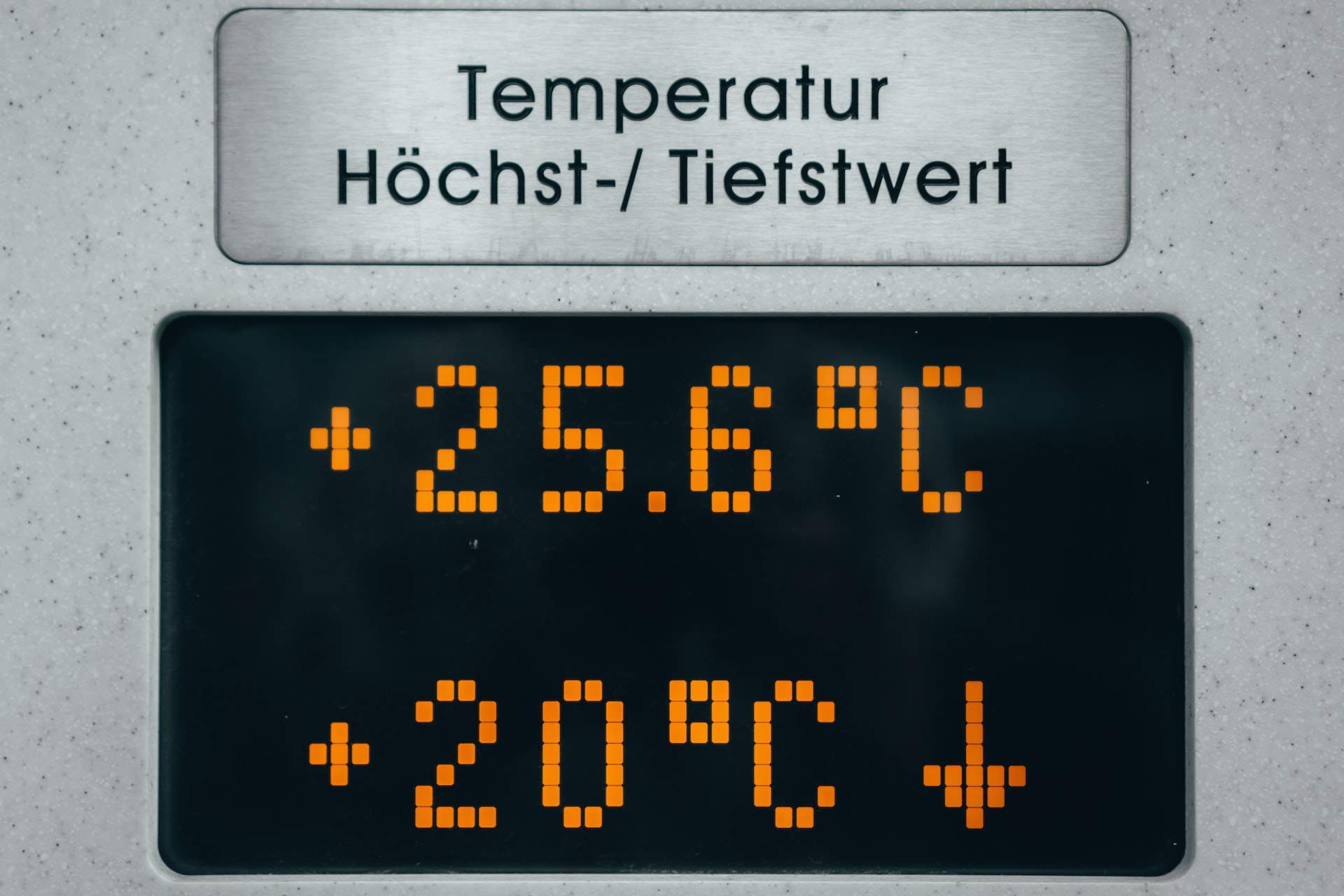
During winter, you should set the temperature around 70 degrees Fahrenheit and 68 degrees Fahrenheit in summer. Also, you should figure out which rooms in your house are most frequently utilized and what temperature is most pleasant in those areas.
Temperatures on the upper floors of a home should be kept at a lower range (65 to 68 degrees) to avoid overheating, especially if you just have one thermostat for the entire house. However, you can keep the temperature a little higher in the basement.
While these room temperatures are typical when there are people in the house, you should drop the temperature when the house is empty.
Tips For Maintaining A Comfortable Temperature In Your Home
- Consider A Smart Thermostat
Smart thermostats give you more control over your HVAC system than ever before. What if you want to change the temperature in your home from a distant location? You can actually do this with a smart thermostat.
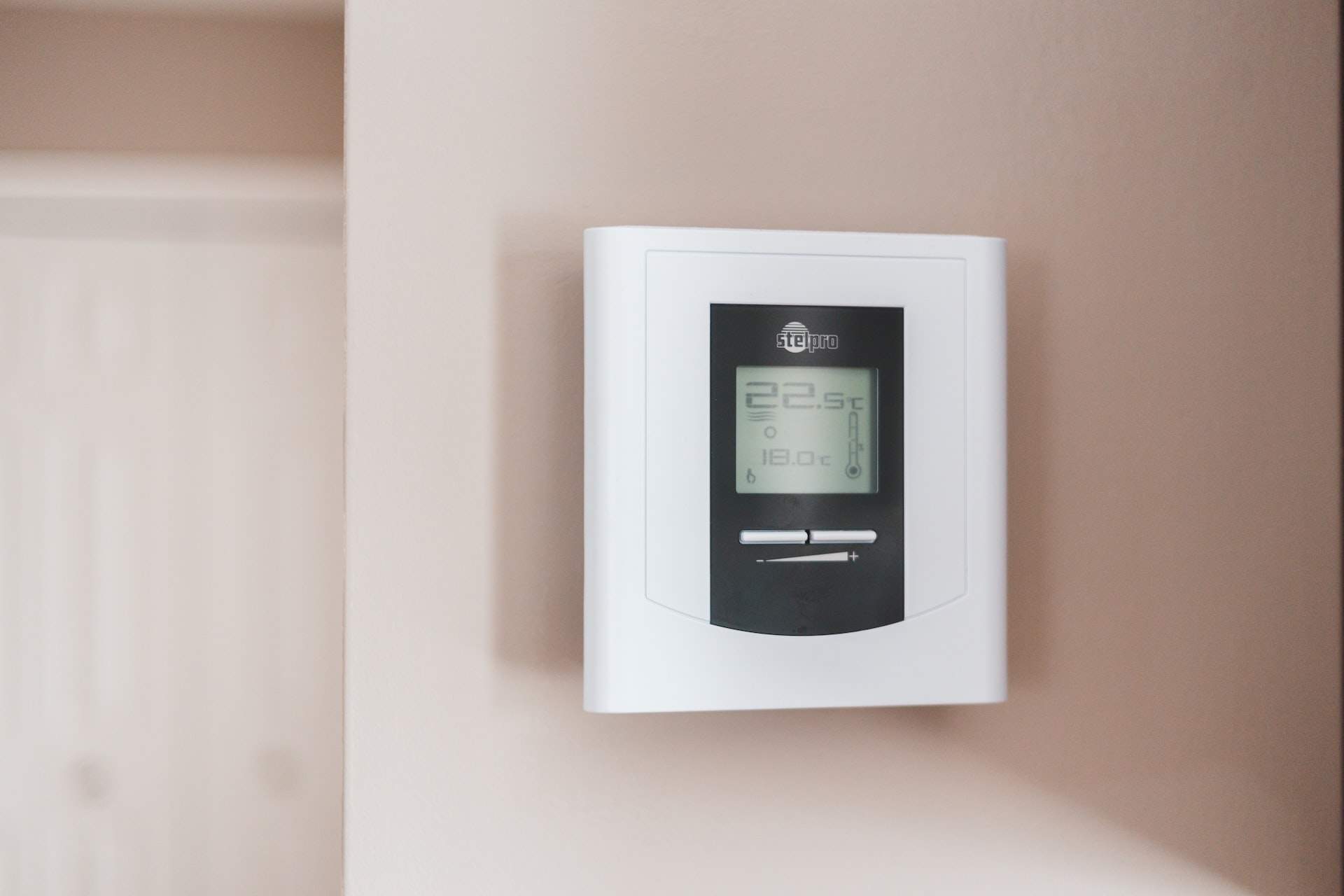
A smart thermostat puts all of these features at your fingertips and a slew of others. You may use a smartphone to control the air conditioning. You can choose your favorite temperature setting and weekly routine for better comfort. With a smart thermostat, you won’t have to change the AC temperature manually. You can even define a temperature or humidity range using a smart thermostat. After that, the thermostat is in charge of keeping the room’s temperature within limits.
- Use Humidity Sensors
Temperature and humidity are connected with each other. If you live in a humid climate, you might continuously adjust the room temperature. But by installing a smart thermostat, you can leave this job on it. The room temperature can be optimally controlled by maintaining a pleasant humidity level of roughly 45 percent.
- Zoning Can Help You Control Your Home’s Temperature
It is possible to control the temperature in individual rooms with zoning systems. For example, you can lower the upper floors’ temperature while raising the lower floors’ temperature. Alternatively, the bedroom can be set to a specific temperature, while the living room and kitchen are all set to the same.
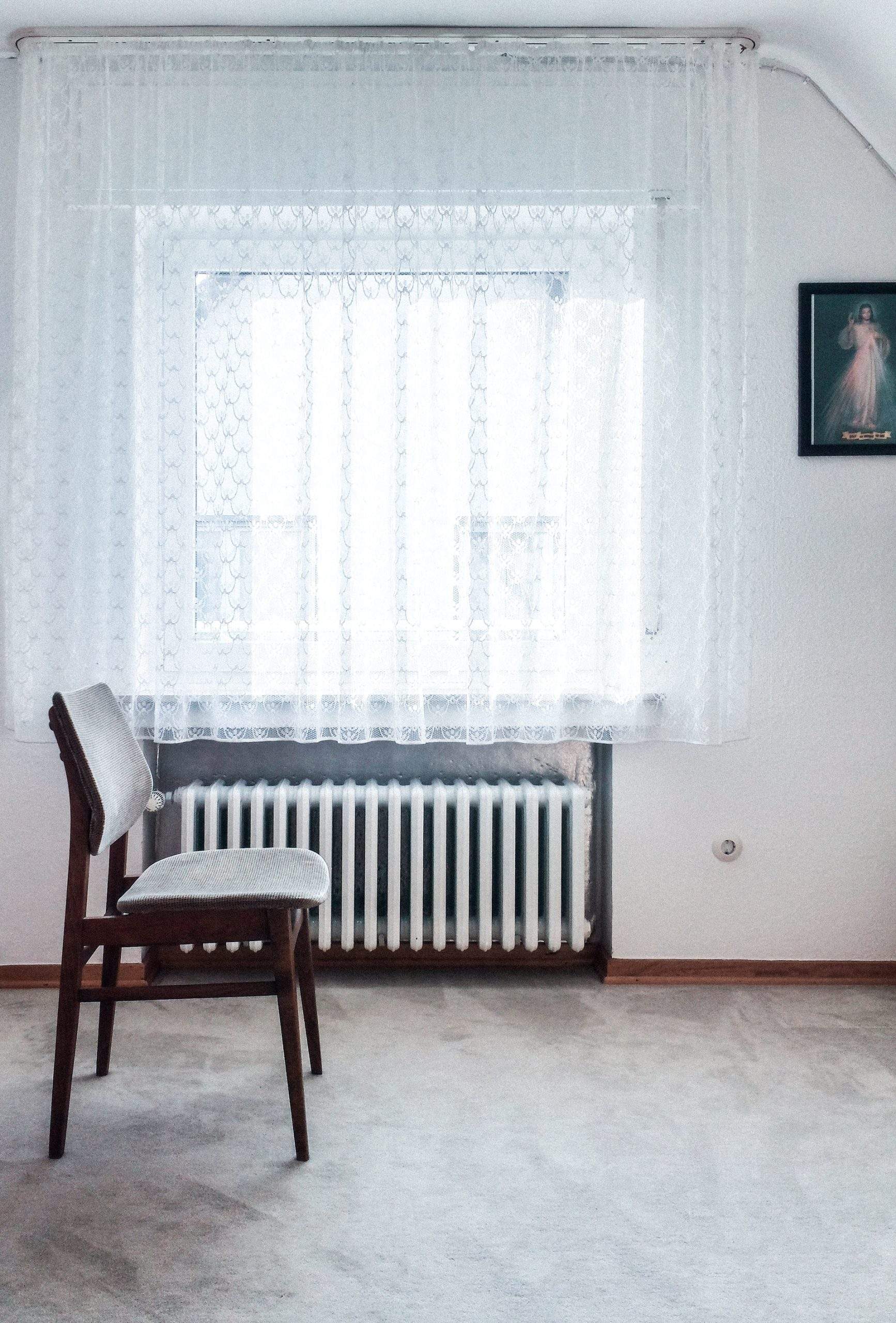
Zoning helps you keep the overall temperature of your home at a consistent level without adjusting the temperature of each room. When two rooms or locations have different temperatures, the air conditioner does not have to work as hard to maintain the same temperature level.
- Window Utilization At Its Finest
Sunlight may heat a room through the windows. As a result, the space will become noticeably warmer than usual. The use of window blinds, UV filters, or colored screens for the windows can help solve this problem. This will reduce the amount and intensity of sunlight entering the room.
- Repair Your HVAC System
It’s common for older and defective HVAC systems to struggle to maintain a consistent room temperature. This is due to various factors; the most prevalent reason is leaking pipe issues. Furthermore, a poorly maintained HVAC uses a lot of energy to maintain a stable temperature. So, it’s best to hire a professional and get your HVAC system repaired.
- Energy Audits Are A Must
You can hire a professional to know how your HVAC system consumes more energy. These experts perform a thorough inspection to determine the potential sources of heat or cold, such as broken doors, cracked windows, and ducts or walls that have been damaged.
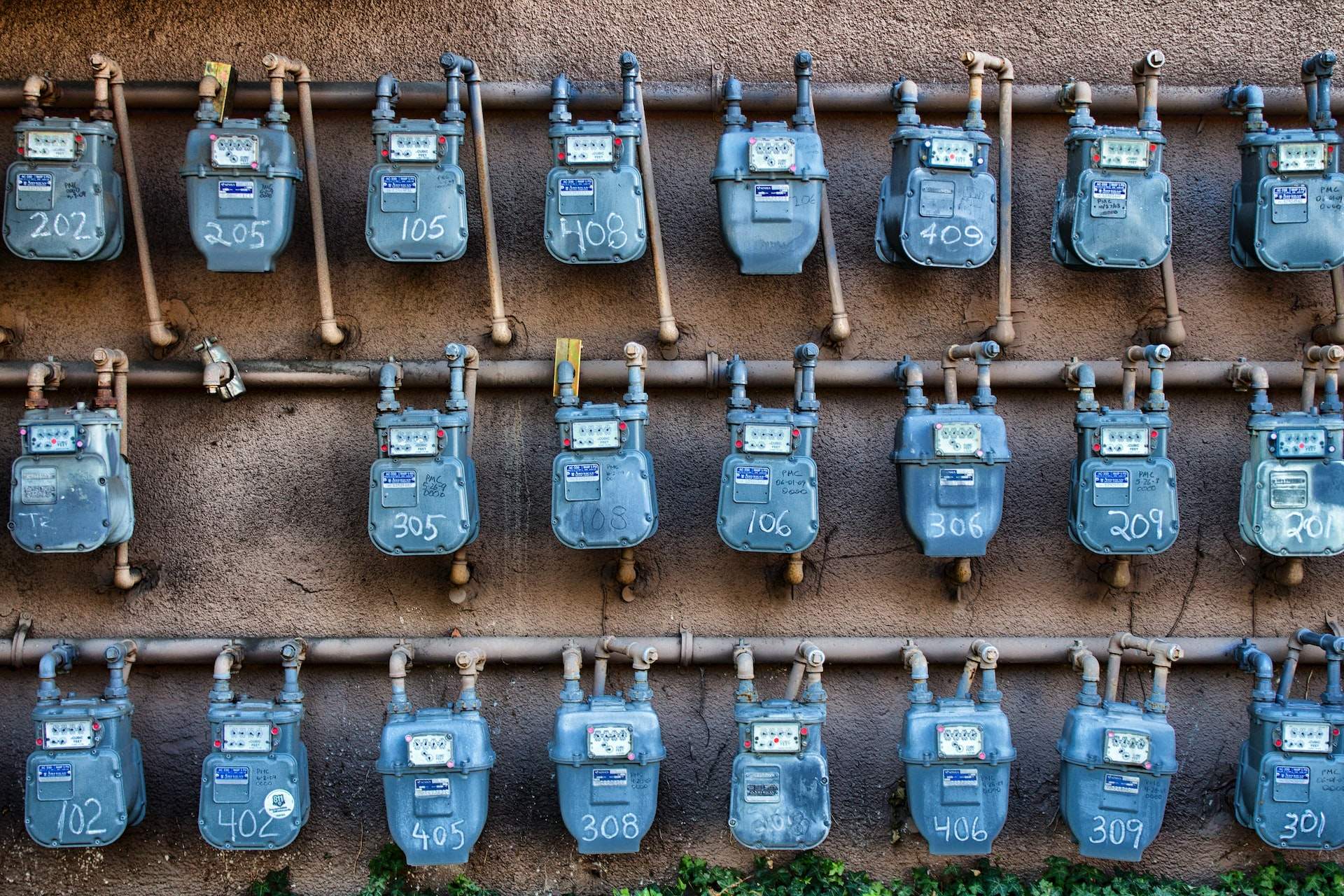
- The Positioning Of Appliances In The Room
Refrigerators, computers, and other electronic devices that generate heat need to be positioned correctly. This is because an additional heat source can drastically change the room temperature. So, place these appliances in areas where maintaining a comfortable temperature isn’t a priority.
Takeaway!
We spend most of our time at home. Temperatures have been shown to impact our mood, health, and ability to sleep. It’s a good idea to keep a close check on your room temperature, as it may dramatically affect our lives. But manually adjusting the temperature is a stressful job.
Choose a smart thermostat. It can automatically monitor the outside weather and humidity level, read your preferences, and maintain a comfortable environment inside your home. Apart from this, a smart thermostat will also lower energy consumption and utility bills.
